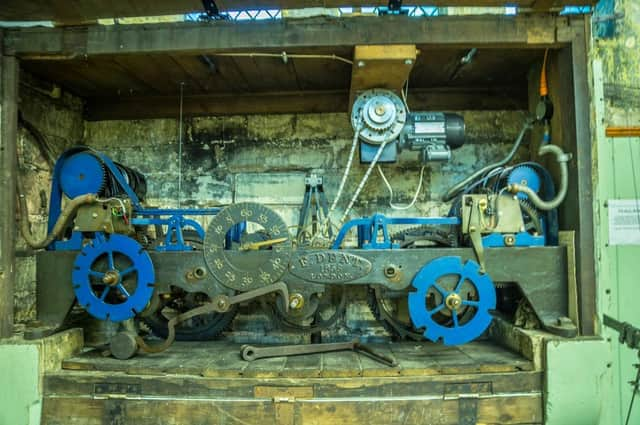Readers' letter: Doncaster stone used in restoration of Houses of Parliament


I read, with interest, one of your articles about Cadeby stone being used for the restoration work at the Houses of Parliament and the work being carried out on the clock and its mechanism and you rightly mention the work of the architects Barry and Pugin.
Did you know that there is also another link with Doncaster? It is not widely known that the clock, we know as Big Ben, and the clock in Doncaster Minster were designed by the same man and, more than that, were made at the same time in the same workshop in London.
Advertisement
Hide AdAdvertisement
Hide AdThe bells and the clock were commissioned for the new church in Doncaster, to replace the one destroyed by fire, by Edmund Beckett (later Lord Grimthorpe) was a "lawyer, mechanician and controversialist" as well as a noted horologist and amateur architect. In 1851, Grimthorpe designed the mechanism for the clock of the Palace of Westminster, responsible for the chimes of Big Ben. He employed the same design and mechanism to the Doncaster clock and, indeed they were built in the same workshop at the same time. Both clocks were installed in 1858 and the Doncaster version was started a few weeks before its more famous brother in London.
The Doncaster clock was commissioned from E J Dent and Company Limited, which was founded in 1840 by Edward John Dent. There are no external clock faces on the Minster Tower as it is said that George Gilbert Scott, the architect, did not want his marvellous architecture “marred by clock faces” on the tower! Thus the only way in which residents and visitors are aware of the existence of a clock is when they hear it chime the quarter. Here is a photo of the actual clock mechanism.
Clive Howarth
Churchwarden, Doncaster Minster